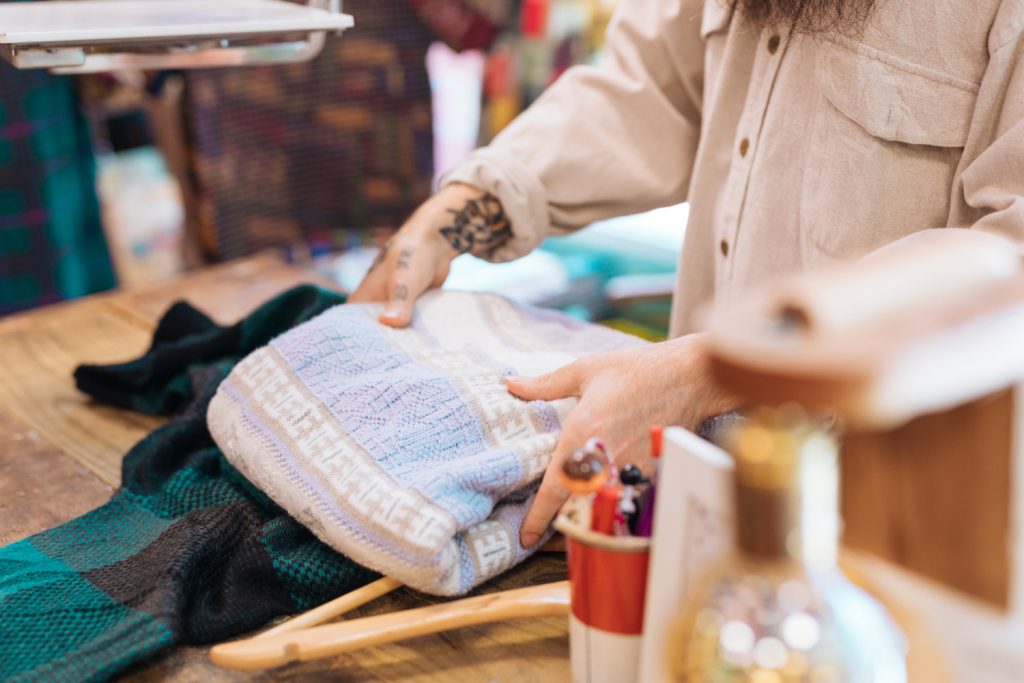In today’s consumer-driven society, the concept of „money for clothes” has emerged as a compelling solution for those looking to clear out their wardrobes while earning extra cash. This trend not only helps individuals make space but also promotes sustainability by encouraging the recycling and resale of garments.
Understanding the concept of money for clothes
The idea of money for clothes revolves around the practice of selling unwanted or unused garments in exchange for cash. Unlike traditional resale methods, where individuals might list items online or organize garage sales, this concept typically involves businesses that buy clothing directly from consumers. These companies often pay based on the weight or quantity of the items, making it a straightforward process for sellers. This approach appeals to those who wish to declutter their living spaces without the hassle of negotiating prices or managing online listings. By participating in money for clothes programs, individuals can quickly turn their old, unwanted items into cash, thereby fostering a more efficient way to manage their wardrobes.

Environmental benefits of selling clothes
The financial aspect of money for clothes is undoubtedly appealing, but the environmental implications are equally significant. The fashion industry is notorious for its negative impact on the planet, contributing to pollution, resource depletion, and a staggering amount of textile waste. Each year, millions of tons of clothing end up in landfills, where they take years, if not decades, to decompose. This waste not only occupies valuable land space but also releases harmful substances into the environment during the degradation process. By opting to sell clothes instead of discarding them, individuals can actively contribute to reducing this waste. The garments sold through money for clothes programs are often resold, recycled, or repurposed, significantly lowering the number of items that would otherwise contribute to landfill overflow. This practice aligns with the growing movement towards sustainability, encouraging consumers to think critically about their clothing habits and the lifecycle of their garments.
Financial gains from selling unused clothing
Participating in money for clothes initiatives offers tangible financial benefits. For many individuals, their closets contain a wealth of unused clothing items that are still in good condition but no longer serve a purpose. Instead of allowing these garments to collect dust or be tossed aside, selling them can provide a welcome financial boost. The amount received for clothing can vary based on several factors, including the quality and brand of the items, current market demand, and the specific policies of the buying company. While the payout may not always be substantial, it often surpasses the value of simply discarding the items. Moreover, the simplicity of the process—where sellers can unload multiple items at once without the hassle of listing each one individually—makes it an attractive option for those looking to streamline their finances while decluttering. Additionally, the rise of social media and online platforms has made it easier than ever to connect with potential buyers. Individuals can showcase their items through social channels, further expanding their reach and potential earnings. This flexibility allows sellers to maximize their profits while engaging in a sustainable practice.
Navigating the process of selling clothes
The process of selling clothes for money is typically straightforward, yet it can vary depending on the method chosen. Many businesses specializing in this service allow individuals to bring in their unwanted items directly to a physical location. Upon arrival, staff members assess the quality of the items and provide an immediate cash offer based on weight or condition. This instant gratification appeals to many sellers who prefer a quick and efficient transaction. For those who prefer online platforms, several websites and apps facilitate the sale of clothing. These platforms often require users to photograph and list their items for potential buyers, which can be more time-consuming than in-person sales. However, they provide the opportunity to reach a wider audience and potentially command higher prices for unique or high-demand items. Regardless of the chosen method, it is essential for sellers to understand the terms and conditions of the service. Some companies may have specific requirements regarding the types of clothing accepted or the condition in which they must be presented. Familiarizing oneself with these guidelines can ensure a smoother selling experience and maximize financial returns.
The concept of money for clothes presents a practical and beneficial solution for individuals looking to declutter their wardrobes while earning some extra cash. Beyond the immediate financial gains, this practice promotes environmental sustainability by reducing textile waste and encouraging responsible consumption. As the trend continues to grow, more people are likely to recognize the value of selling unwanted garments, leading to a more sustainable and financially rewarding approach to fashion. By participating in this initiative, individuals not only tidy up their living spaces but also contribute positively to the environment, creating a win-win situation for both sellers and the planet.
For more information please visit: aberdeen-cash4clothes.co.uk



